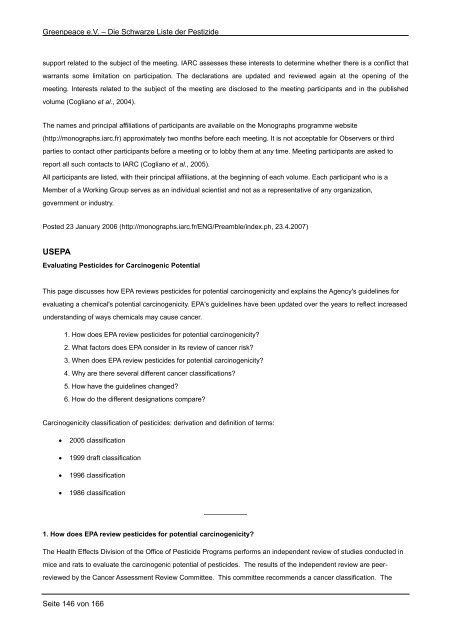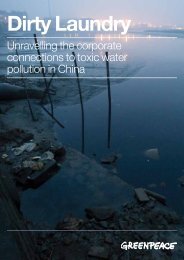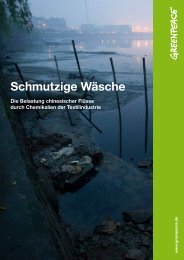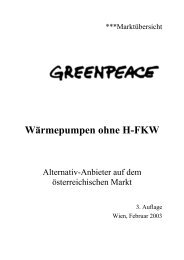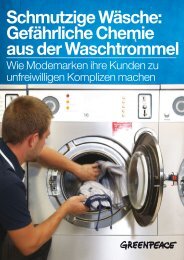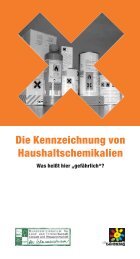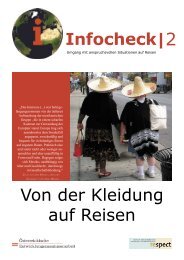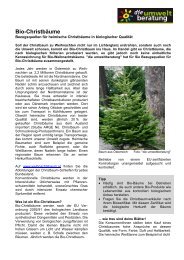Die Schwarze Liste der Pestizide - Greenpeace
Die Schwarze Liste der Pestizide - Greenpeace
Die Schwarze Liste der Pestizide - Greenpeace
Sie wollen auch ein ePaper? Erhöhen Sie die Reichweite Ihrer Titel.
YUMPU macht aus Druck-PDFs automatisch weboptimierte ePaper, die Google liebt.
<strong>Greenpeace</strong> e.V. – <strong>Die</strong> <strong>Schwarze</strong> <strong>Liste</strong> <strong>der</strong> <strong>Pestizide</strong><br />
support related to the subject of the meeting. IARC assesses these interests to determine whether there is a conflict that<br />
warrants some limitation on participation. The declarations are updated and reviewed again at the opening of the<br />
meeting. Interests related to the subject of the meeting are disclosed to the meeting participants and in the published<br />
volume (Cogliano et al., 2004).<br />
The names and principal affiliations of participants are available on the Monographs programme website<br />
(http://monographs.iarc.fr) approximately two months before each meeting. It is not acceptable for Observers or third<br />
parties to contact other participants before a meeting or to lobby them at any time. Meeting participants are asked to<br />
report all such contacts to IARC (Cogliano et al., 2005).<br />
All participants are listed, with their principal affiliations, at the beginning of each volume. Each participant who is a<br />
Member of a Working Group serves as an individual scientist and not as a representative of any organization,<br />
government or industry.<br />
Posted 23 January 2006 (http://monographs.iarc.fr/ENG/Preamble/index.ph, 23.4.2007)<br />
USEPA<br />
Evaluating Pesticides for Carcinogenic Potential<br />
This page discusses how EPA reviews pesticides for potential carcinogenicity and explains the Agency's guidelines for<br />
evaluating a chemical's potential carcinogenicity. EPA's guidelines have been updated over the years to reflect increased<br />
un<strong>der</strong>standing of ways chemicals may cause cancer.<br />
1. How does EPA review pesticides for potential carcinogenicity?<br />
2. What factors does EPA consi<strong>der</strong> in its review of cancer risk?<br />
3. When does EPA review pesticides for potential carcinogenicity?<br />
4. Why are there several different cancer classifications?<br />
5. How have the guidelines changed?<br />
6. How do the different designations compare?<br />
Carcinogenicity classification of pesticides: <strong>der</strong>ivation and definition of terms:<br />
2005 classification<br />
1999 draft classification<br />
1996 classification<br />
1986 classification<br />
1. How does EPA review pesticides for potential carcinogenicity?<br />
The Health Effects Division of the Office of Pesticide Programs performs an independent review of studies conducted in<br />
mice and rats to evaluate the carcinogenic potential of pesticides. The results of the independent review are peer-<br />
reviewed by the Cancer Assessment Review Committee. This committee recommends a cancer classification. The<br />
Seite 146 von 166


